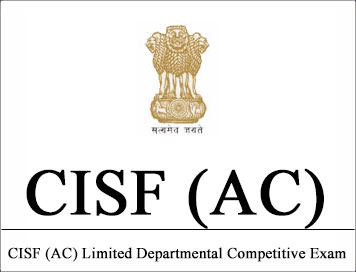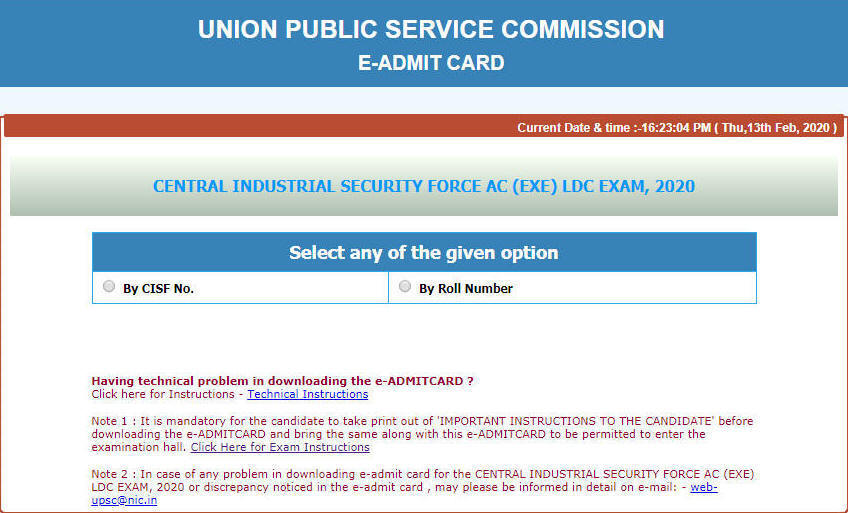First call: on India-Sri Lanka ties
(The Hindu)
Mains Paper 2: International Relations
Prelims level : India-Sri Lanka ties
Mains level : Highlights the relations between two countries and brief
discussion about different agreements
Context:
- Sri Lanka’s new President Gotabaya Rajapaksa, who visited in November,
and Prime Minister Mahinda Rajapaksa, after a five-day tour, have signalled
hope of beginning a new India-Sri Lanka chapter.
Key highlights about the meet:
- Mahinda Rajapaksa has also discussed extending the $400-million Line of
Credit and India’s further assistance for nationwide housing.
- Air connectivity to Sri Lanka’s north and east is already being improved
— there is a flight from India to Jaffna, and another one being proposed for
Batticaloa.
- On security, Mr. Rajapaksa and Prime Minister Narendra Modi discussed
intelligence sharing, training and the utilisation of a special $50-million
Line of Credit extended by India after last year’s Easter Sunday bombings.
- India, Sri Lanka and the Maldives are expected to revive their
trilateral on security, including joint maritime security talks and
anti-terror cooperation.
- Mr. Rajapaksa reaffirmed his belief that among Sri Lanka’s friendships,
India is seen as a “relative”, given their history and culture.
Major challenges for both countries:
- The bonhomie is palpable, but the faultlines were also visible.
- Prime Minister Modi said India hopes that the “expectations of the Tamil
people for equality, justice, peace, and respect” would be realised and that
devolution of powers according to the 13th amendment would be taken forward.
- Mr. Rajapaksa has given no commitment on this and that he favoured the
13A but not solutions that were “unacceptable to the majority [Sinhala]
community”.
- India’s case for the special status for the North and East also comes
across as contrary to the Modi government’s strong stand about removal of
the special status for Jammu and Kashmir.
- Mr. Rajapaksa has ruled out taking forward the MoU signed by his
predecessor Ranil Wickremesinghe allowing Indian participation in energy and
infrastructure projects in Trincomalee; an Indian stake in “Mattala airport”
is not on the cards either.
- However, of note is his appeal for India to help Sri Lanka deal with its
debt crisis — nearly $60-billion outstanding in foreign and domestic, and
about $5-billion a year in repayments.
Way forward:
- New Delhi must consider his request for a three-year moratorium and be
upfront about its response, in contrast to the past when New Delhi did not
take up an offer to develop Hambantota port, and ceded space to China.
- Ignoring or rebuffing the new request could damage bilateral ties far
more.




